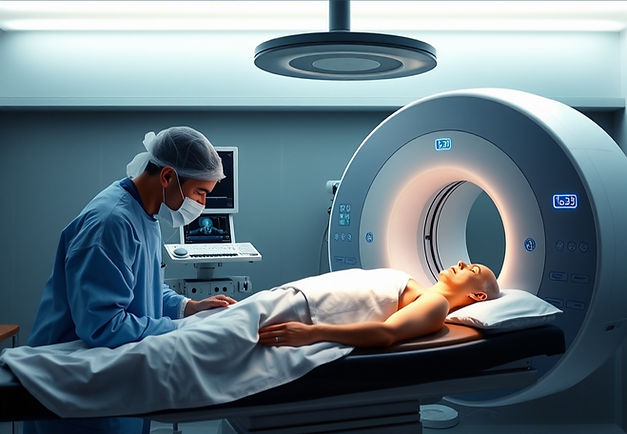
Patients are at the heart of our research activities. For our projects, we work collaboratively with patient groups and charities (PPI) to improve patient care in conditions where interventional radiology plays a role.
THE CAASP STUDY: A SUCCESS STORY IN PATIENT-CENTRIC RESEARCH
The CAASP study is one of our proudest acheievements to date, as we worked collaboratively with a patient charity (The Aortic Dissection Charitable Trust) as well as the VERN network to run a high quality project that was important to both patients as well as clinicians across multiple specialties. The study included a total of 18 centres (15 UK sites and 3 international sites), and successfully identified factors causing delays in the diagnosis of acute aortic dissection.

Dr Jim Zhong
Chief Investigator

WORK WITH US ON RESEARCH
If you are a patient, patient group or charity, we would love to hear from you. Interventional radiologists are involved in the diagnosis and treatment of almost every major disease. Our involvement in emergency care includes treatment of bleeding, stroke, pulmonary embolism and vascular emergencies. IR is also involved in treating cancer, prostate enlargement, fibroids, arthritis and back pain.
Our team explore research projects in all of these areas, and if you would like to work with us on research, please reach out to us.

FREQUENTLY ASKED QUESTIONS
What is interventional radiology?
Interventional radiology (IR) is a field of medicine that uses real-time medical imaging, like X-rays or ultrasound, to perform minimally invasive operations.
These image-guided procedures are often an alternative to traditional surgery, resulting in less pain, reduced physical trauma, shorter recovery times, and less time spent in the hospital
Is interventional radiology the same as surgery?
Interventional radiology is a minimally invasive form of surgery. The procedure will be carried out by a doctor trained in both imaging as well as the procedure (hence the name radiology). The operation is usually carried out in a special operating room that has built in X-ray.
What kinds of procedures do you commonly do?
Common IR procedures include
-
Removing blood clots (thrombectomy) from the brain (stroke), lungs (pulmonary embolism) or legs.
-
Stopping internal bleeding (embolisation)
-
Opening up blocked arteries (angioplasty)
-
Treating enlarged prostates, fibroids or other abnormal inflammatory conditions by shrinking the blood supply (embolisation)
OTHER USEFUL LINKS
The Interventional Initiative
TheII is an American-based group that aims to make it easier for patients to understand the procedures we offer. This link explains what minimally invasive procedures are and what you need to know about them.
British Society of Interventional Radiology
The British Society of Interventional Radiology (BSIR) is the national society for doctors who specialise in interventional radiology. There is a section of the website dedicated specially for patients, which can be accessed here.




